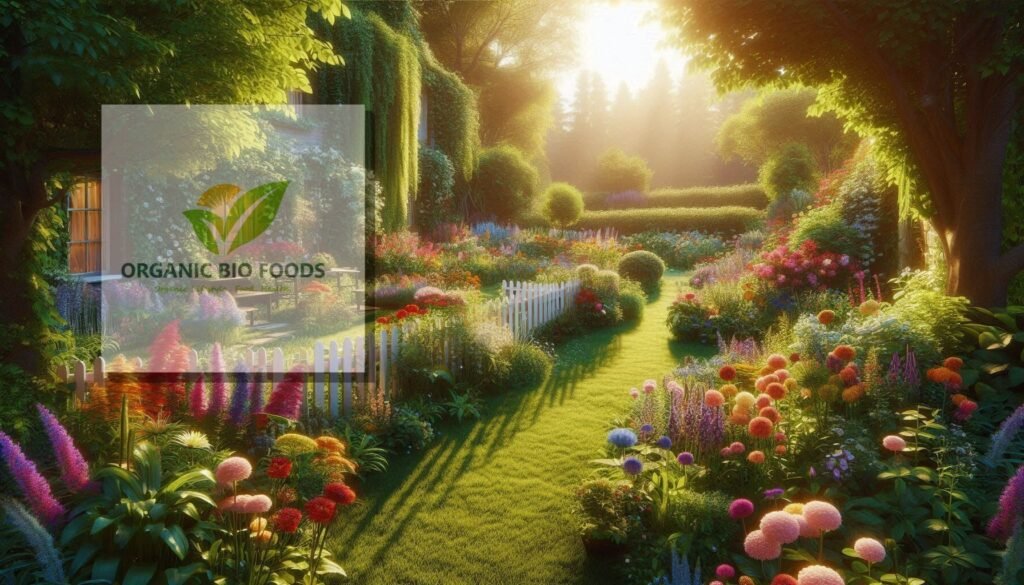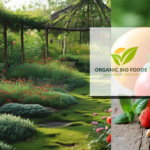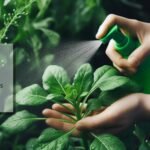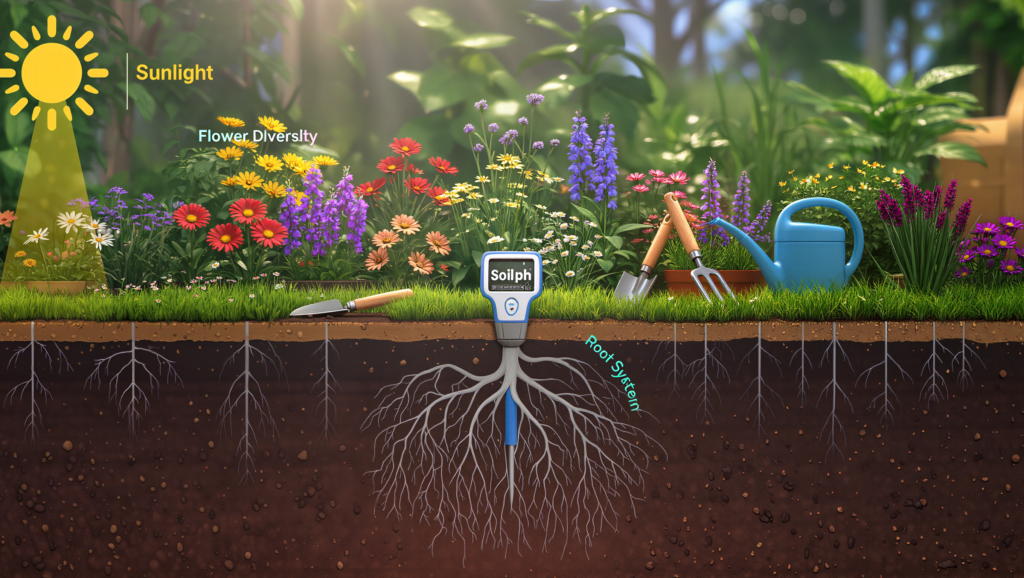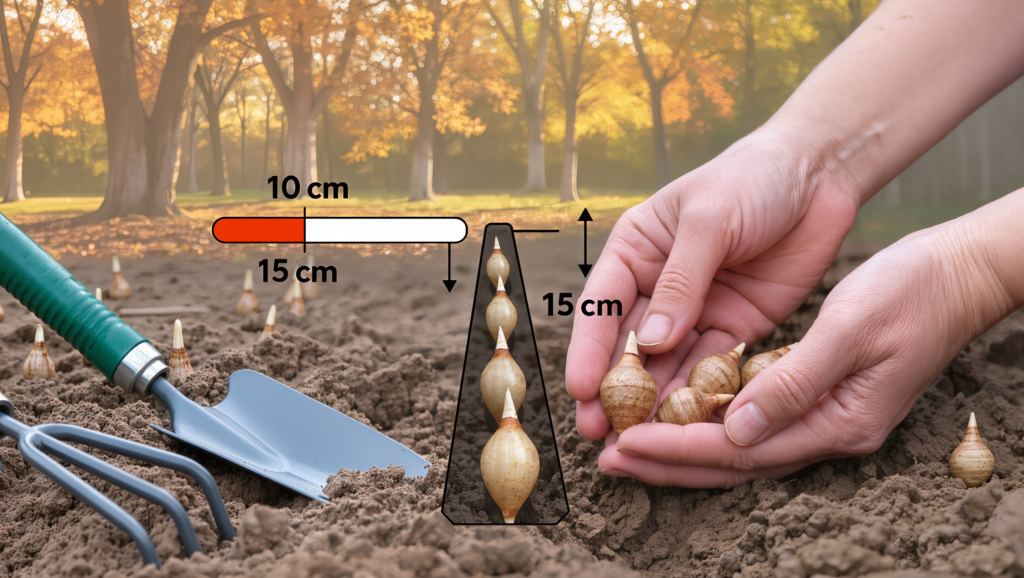So, you’ve been gardening for a while, but now you want to switch things up and go organic. That’s awesome! Converting a non-organic garden to an organic one might seem tricky at first, but with a few simple steps, you’ll be growing healthy, chemical-free plants in no time. Let’s dive into how you can make the switch.
Step 1: You’re Going To Need Some Patience
Switching to organic gardening is a journey, and it might take a little time for your garden to adjust. Also if you have been using chemicals on your garden as fertilizers or pesticides you would atleast one or two years to allow nature to detox the soil before embarking on a complete organic overhaul. And with patience and care, you’ll start to see your plants growing healthier and stronger.
Why you need Patience? Organic gardening isn’t about quick fixes. It’s about creating a balanced, sustainable environment where plants, soil, and wildlife can all thrive together. Stick with it, and you’ll be rewarded with a beautiful, bountiful garden .
Step 2: Ditch the Chemicals
The Second thing you need to do is say goodbye to all those synthetic chemicals you’ve been using, like pesticides, herbicides, and chemical fertilizers. These products harm the soil, your plants, and even the helpful bugs that keep your garden healthy.
Why Ditch Chemicals? Organic gardening is all about keeping things natural. When you stop using chemicals, your garden can start to rebuild its natural balance, which helps plants grow stronger and healthier. Plus, it’s better for the environment and safer for your family and pets .
Step 3: Start Composting
Composting is a key part of organic gardening. Instead of using chemical fertilizers, you’ll be feeding your plants with rich, natural compost made from kitchen scraps, leaves, and other organic materials.
How to Compost:
- Set up a compost bin or pile in your yard.
- Add things like vegetable peels, fruit scraps, coffee grounds, eggshells, grass clippings, and dry leaves.
- Turn the pile every week or so to help it break down faster.
- After a few months, you’ll have dark, crumbly compost that’s perfect for adding nutrients to your garden soil.
Why is Composting Important?: Compost is like superfood for your garden! It helps improve the soil, adds nutrients, and even helps retain moisture, so your plants don’t dry out as quickly. Plus, it’s a great way to recycle your kitchen and yard waste .
Step 4: Use Organic Mulch
Mulching is another important part of organic gardening. Mulch is a layer of material, like straw, leaves, or wood chips, that you spread over the soil around your plants.
How to Mulch your Garden:
- Choose an organic mulch, like straw, shredded leaves, or wood chips.
- Spread a thick layer (about 2-3 inches) around your plants, but keep it a little away from the stems to prevent rot.
- Replenish the mulch as it breaks down over time.
Why IMulching is Important: Mulch helps keep the soil cool, retains moisture, and prevents weeds from taking over. As organic mulch breaks down, it also adds nutrients to the soil, making it healthier for your plants .
Step 5: Plant Cover Crops
Cover crops, like clover or rye, are plants you grow specifically to improve the soil. They can help prevent soil erosion, add nutrients, and keep weeds in check.
How to Plant Cover Crops in your Garden:
- Choose a cover crop that’s suited to your climate and soil type.
- Plant it in areas of your garden where you’re not currently growing other crops.
- Let it grow, then either till it into the soil or cut it down and use it as mulch.
Why It’s Important to Planr Cover Crops in your Garden: Cover crops are like a natural fertilizer. They add organic matter to the soil, which improves its structure and fertility. Plus, they can attract beneficial insects to your garden .
Step 6: Welcome Beneficial Insects
Not all bugs are bad! In fact, many insects, like ladybugs and bees, are great for your garden. They can help pollinate your plants and keep pests under control.
How to Welcome Beneficial Insects in your Garden:
- Plant flowers like marigolds, daisies, and sunflowers to attract beneficial insects.
- Avoid using any pesticides that could harm these helpful bugs.
- Consider adding a bug house or a shallow dish of water to give them a place to hang out.
Why It’s Important to Welcome Beneficial Insects in your Organic Garden: Beneficial insects are like your garden’s natural pest control. They help keep harmful bugs in check, which means you don’t need to use chemicals to protect your plants .
Step 7: Rotate Your Crops
Crop rotation is the practice of changing where you plant your vegetables each year. This helps keep the soil healthy and prevents pests and diseases from getting too comfortable.
How to Do Crop Rotation in an Organic Garden :
- Plan your garden layout so that different types of plants (like leafy greens, root vegetables, and legumes) are grown in different spots each year.
- Try to avoid planting the same crop in the same place for at least three years.
Why Crop Rotation in an Organic Garden is Important: Rotating your crops helps break the cycle of pests and diseases that can build up in the soil. It also helps maintain soil fertility, so your plants get the nutrients they need to thrive .
Obviously, converting your garden to organic might seem like a lot of work at first, but it’s totally worth it! You’ll be creating a healthier space for your plants, your family, and the planet. Plus, there’s something really satisfying about knowing that the food you grow is free from harmful chemicals. So go ahead, give it a try, and enjoy all the amazing benefits of organic gardening!


